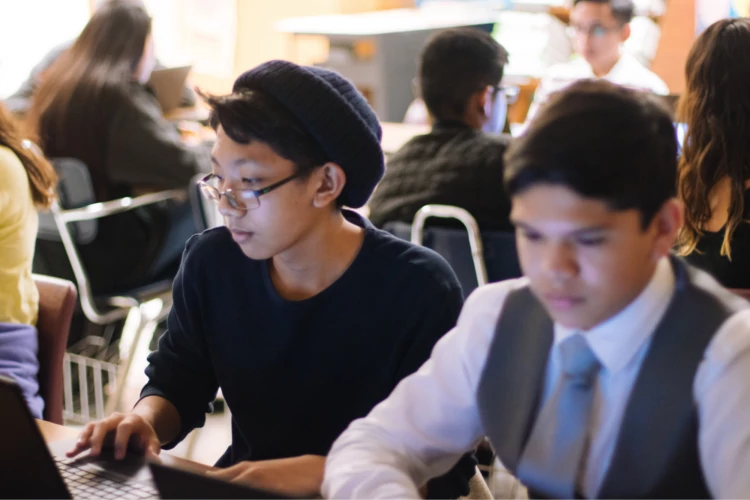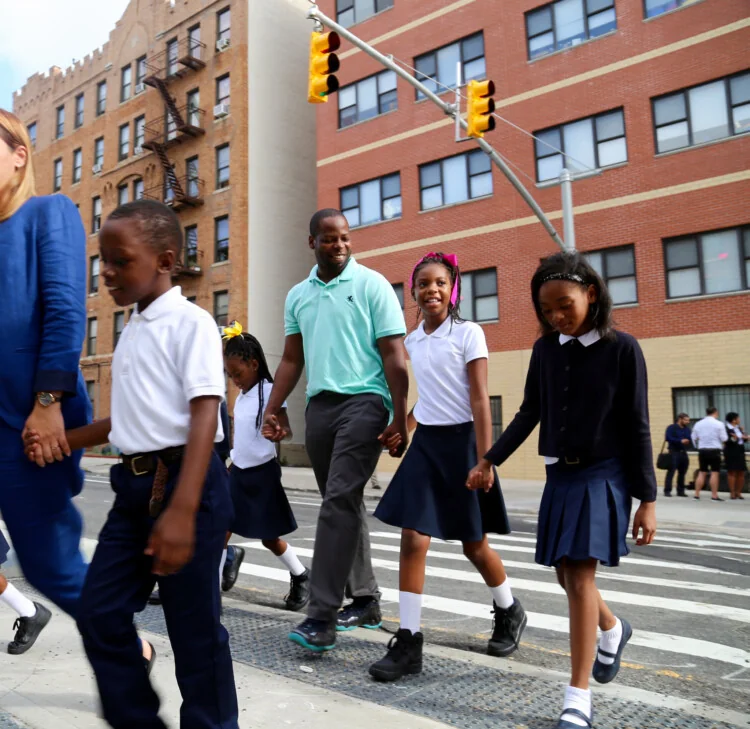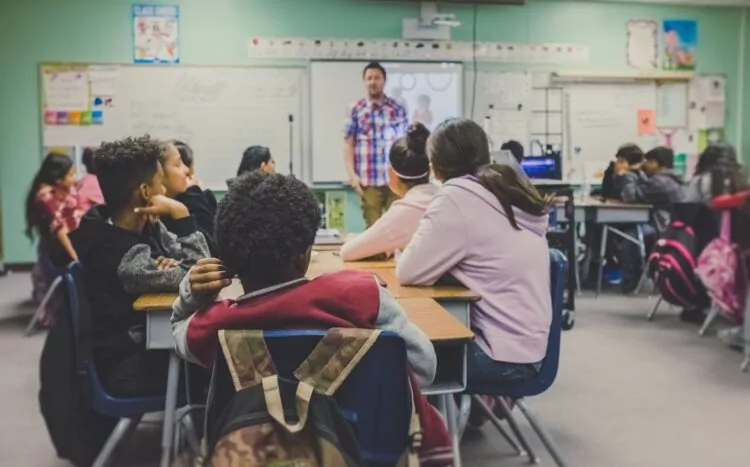Community colleges are one of the first touchpoints for newcomer immigrants and refugees in the United States since many enroll in English for Speakers of Other Languages (ESOL) programs. About 80% of community colleges across the nation have ESOL or English as a Second Language (ESL) programs (David & Kanno, 2021).
At Laney College, a two-year college in Oakland, California, serving a large immigrant student population, faculty and staff observed that students in ESOL faced academic and linguistic insecurities, had gaps in college knowledge, and expressed a lack of connectedness to campus. With support from U.S. Department of Education Asian American and Native American Pacific Islander-Serving Institution (AANAPISI) grant funding, Laney developed a program to bring counselors directly to the classroom. Under the embedded counseling program, a team of multi-lingual counselors trained at working with adult immigrant students visited a set of ESOL courses multiple times over the semester to provide advising and counseling services. Embedded counselors presented an orientation to the campus, an overview of counseling services, and made presentations on college and career pathways. ESOL student ambassadors were also there to provide additional translation support and to answer students’ questions.
In our explanatory mixed-methods study to examine the promise of embedded counseling, we drew upon the rich literature that examines the links between students’ perceptions and experiences on campus and their sense of belonging (Hurtado & Carter, 1997) and academic and interpersonal validation (Barnett, 2011; Rendón, 1994; Rendón Linares & Muñoz, 2011). Validation theory posits that when institutional agents (e.g., advisors, counselors, faculty) actively and intentionally affirm and support students, they can help cultivate students’ capacity to learn (academic validation) and foster students’ social development (interpersonal validation) (Rendón, 1994; Rendón Linares & Muñoz, 2011). Interacting with validating agents may be especially important for students in ESOL programs, who report feeling marginalized on campus due to linguistic struggles (Almon, 2015). Indeed, research on English learners in community colleges has found that experiences of validation inside and outside the classroom were positively related to sense of belonging, which, in turn, influenced English learners’ re-enrollment decisions (Garza et al., 2021).
Our analysis of student outcomes used propensity score matching. We found that ESOL students who received embedded counseling did not subsequently earn higher grades or have higher completion rates, but they were 12 percentage points more likely to return and re-enroll in subsequent ESOL courses than those who did not have this exposure. This corresponds to a 21% increase in the persistence rate. This suggests a potential mechanism of connection and validation working to keep ESOL students engaged on campus.
Our qualitative study offered insight into this hypothesis and other ways embedded counseling served and supported newcomer immigrant students in ESOL programs. Interviews with 26 students revealed that embedded counselors, as validating agents, created an affirming and comfortable space. The sessions responded directly to student needs and helped to cultivate relationships between students and key campus staff. Students who experienced embedded counseling reported seeking out additional counseling and advising services because they knew they could find help there.
In sum, we found that embedded counseling for ESOL programs is a culturally-relevant and responsive practice that can support English learner students in community colleges. Since embedded counseling may have helped students feel more connected to and supported by the college, the results suggest counselor contact may be critical for validation, and the retention and persistence of students in ESOL programs.

- Almon, C. (2015). College persistence and engagement in light of a mature English Language Learner (ELL) student’s voice. Community College Journal of Research and Practice, 39, 461-472. doi: 10.1080/10668926.2013.850757
- Barnett, E. A. (2011). Validation experiences and persistence among community college students. The Review of Higher Education, 34(2), 193-230.
- David, N., & Kanno, Y. (2021). ESL programs at US community colleges: A multistate analysis of placement tests, course offerings, and course content. TESOL Journal, e562.
- Garza, T., Huerta, M., García, H. A., & Lau, J. (2021). Exploring sense of belonging, socioacademic integrative moments, and learning communities related to ELs’ persistence based on reenrollment decisions in community colleges. Community College Review, 49(1), 30-51.
- Hurtado, S., & Carter, D. F. (1997). Effects of college transition and perceptions of the campus racial climate on Latino college students' sense of belonging. Sociology of Education, 324-345.
- Linares Rendón, L. I., & Muñoz, S. M. (2011). Revisiting validation theory: Theoretical foundations, applications, and extensions. Enrollment Management Journal, 2(1), 12-33.
- Rendón, L. I. (1994). Validating culturally diverse students: Toward a new model of learning and student development. Innovative Higher Education, 19(1), 33-51.





